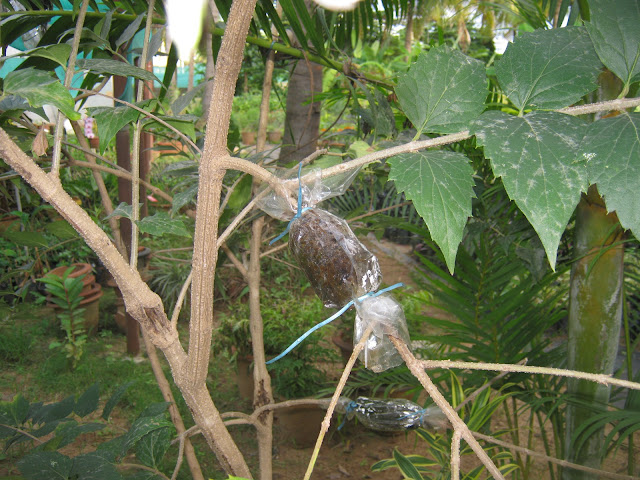Propagating Life: A Guide to Germinating New Plants through Cuttings
The art of germinating new plants from cuttings is a fascinating and rewarding journey into the world of horticulture. This method, known as vegetative propagation, allows gardeners to create clones of their favorite plants, preserving desirable traits and ensuring a continuation of cherished varieties. From vibrant flowering shrubs to succulent beauties, here's a closer look at the process of germinating new plants through cuttings.
1. Selecting the Right Cuttings: The journey begins with the careful selection of cuttings. Opt for healthy, disease-free stems that are neither too young nor too old. The ideal cutting typically consists of a section of the stem with a few nodes or leaves.
2. Preparing the Cuttings: Once selected, the cuttings should be prepared with precision. Trim the cutting just below a node, as this is where the roots will likely emerge. Remove excess leaves, especially those near the lower portion of the cutting, to reduce water loss and encourage root development.
3. Rooting Hormones: To boost the chances of successful germination, consider using rooting hormones. These substances encourage the formation of roots, increasing the cutting's ability to establish itself as an independent plant.
4. Choosing the Right Medium: Selecting an appropriate growing medium is crucial for successful germination. Common choices include perlite, vermiculite, or a mix of peat and perlite. The medium should be well-draining to prevent waterlogged conditions.
5. Planting and Watering: Insert the cuttings into the chosen medium, ensuring that at least one node is below the surface. Water the cuttings thoroughly and place them in a warm, humid environment. A plastic cover or a humidity dome can help create the ideal conditions for root development.
6. Patience and Monitoring: Germination is a process that requires patience. Regularly monitor the cuttings for signs of root development. Once roots are established, the cuttings can be transplanted into individual pots with a suitable potting mix.
7. Transition to Outdoor Environment: As the new plants continue to grow, gradually acclimate them to the outdoor environment if they were initially started indoors. This process, known as hardening off, helps the plants adjust to the varying conditions outside.
8. Caring for Newly Germinated Plants: Provide the newly germinated plants with appropriate care. This includes regular watering, exposure to sunlight, and the application of balanced fertilizer to support healthy growth.
Benefits of Germinating Plants from Cuttings:
Genetic Purity: Cuttings allow gardeners to propagate plants with identical genetic material, preserving the characteristics of the parent plant.
Faster Growth: Plants germinated from cuttings often establish themselves more quickly compared to those grown from seeds.
Preservation of Desirable Traits: By selectively choosing cuttings from plants with desirable traits, gardeners can perpetuate specific characteristics like flower color, growth habit, or disease resistance.
Cost-Effective Propagation: Propagating plants from cuttings is often a cost-effective method compared to purchasing new plants or seeds.
In conclusion, the germination of new plants from cuttings is a captivating and sustainable practice in the world of gardening. By mastering this art, gardeners not only unlock the potential for endless garden rejuvenation but also contribute to the preservation of botanical legacies, one cutting at a time.
For more information, Kindly contact +919928094668 or drop mail at theorganicventures@gmail.com or info@theorganicventures.com





Comments
Post a Comment